At its best, breakfast can be the most glorious part of the day, with a light and tranquillity that’s so hard to capture at any other time; where I am now effortlessly encapsulates this appeal.
I’m sitting at the breakfast table of Hotel Aiaoi, an ultra-stylish boutique hotel on the Shonan Coast, just an hour south of Tokyo. Here, it’s the warm couple, Go and Yuko, who opened the property with a flourish in February 2016. They say Hotel Aiaoi is an extension of their lifestyle; to me, it’s the perfect encapsulation of Shonan life.
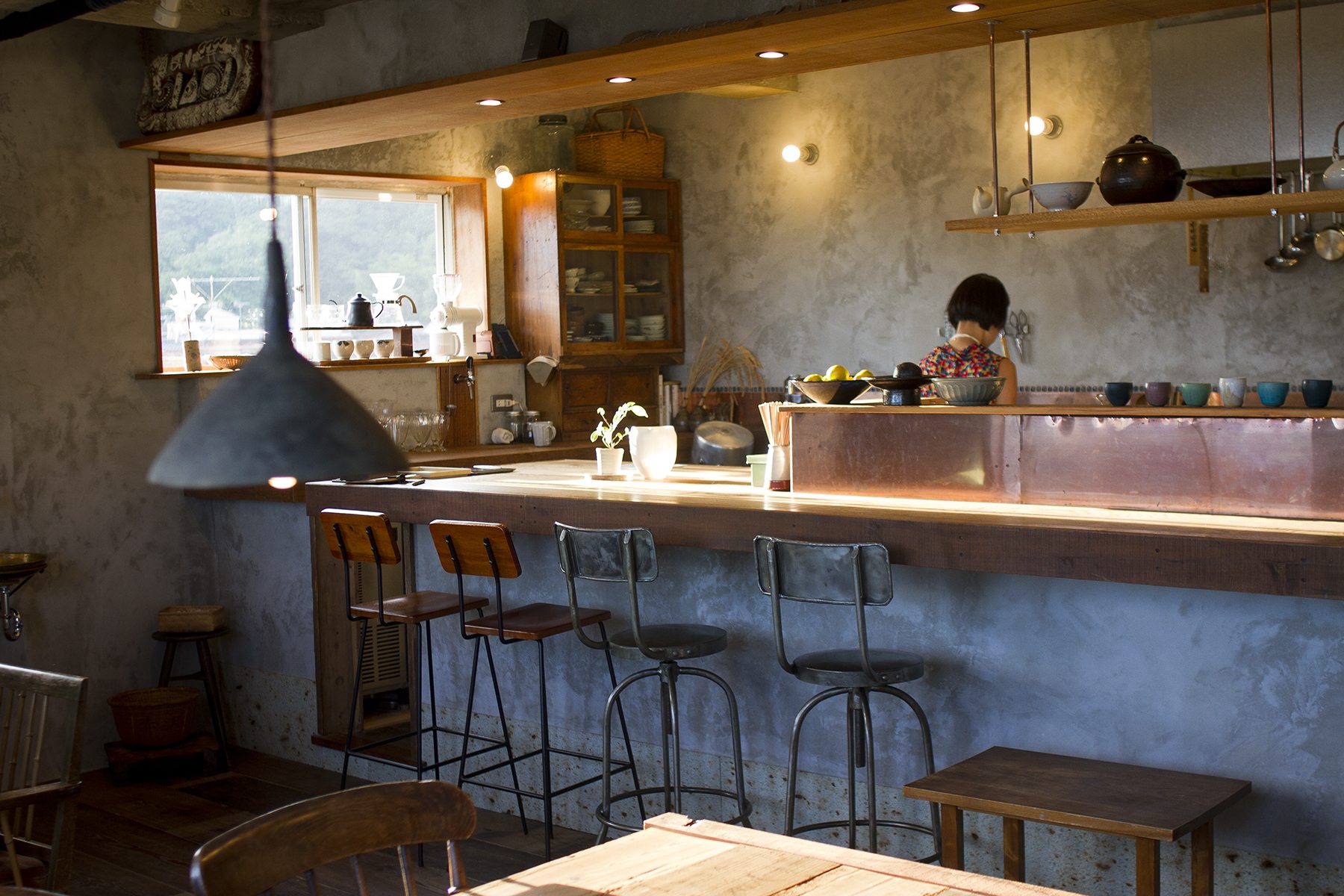
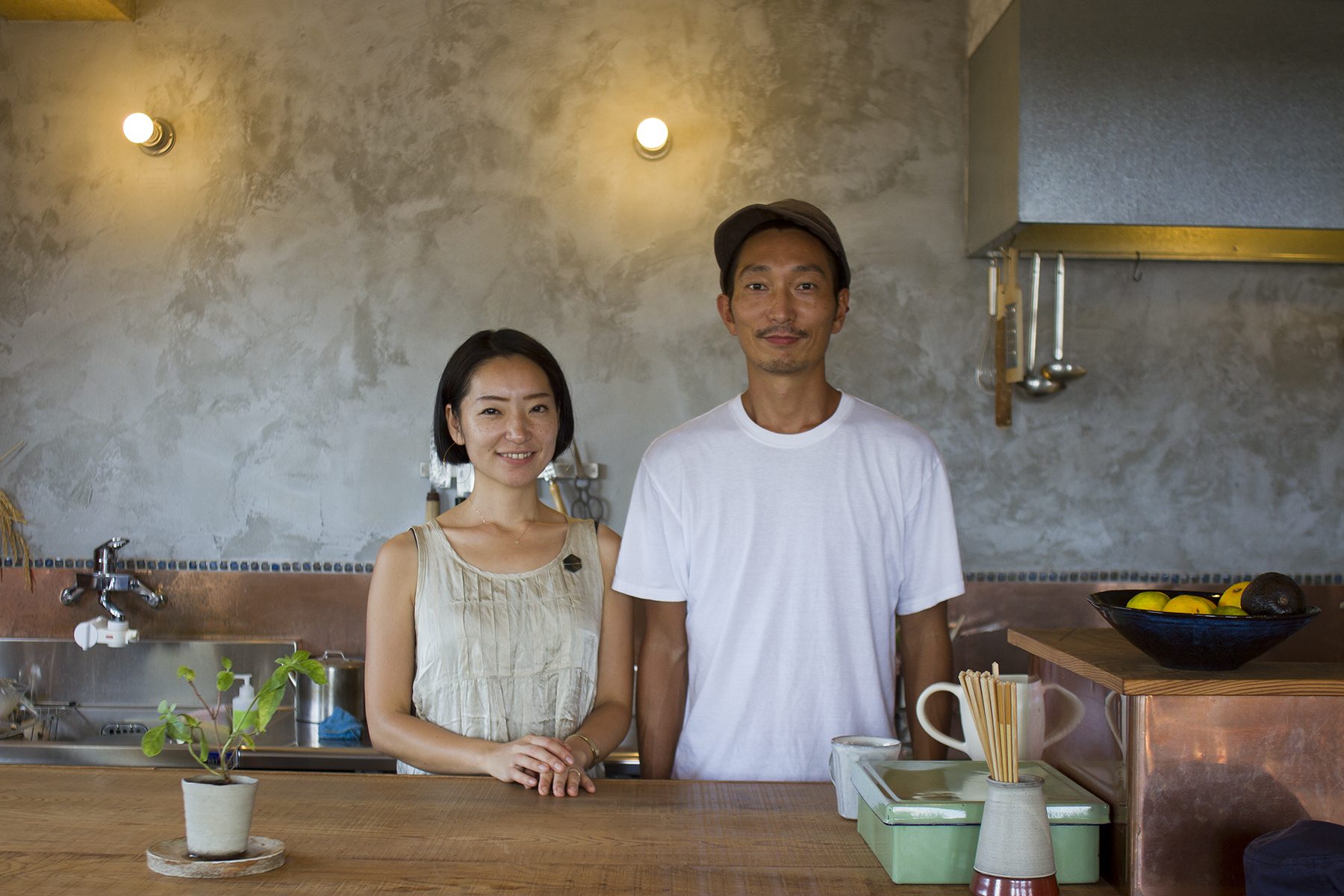
Light streams in through the window next to me as Go places pickled, steamed, marinated and baked plates on the table, which Yuko continues preparing in the open kitchen. I gaze out of the window to where the ocean is glistening in the morning sun.
A scenic coastal road stretches all the way along the Shonan Coast, from Hayama and Zushi where windsurfers zigzag across the waves, to the sandy shores of Oiso, passing through Japan’s ancient capital Kamakura and surf beaches Shichirigahama and Chigasaki, with Enoshima situated at its heart. With the shelter afforded by its position in Sagami Bay, Shonan benefits from a milder climate than much of Japan’s Pacific coast, with rivers running inland towards the forested mountains.
Shonan is celebrated among locals for its slow life philosophy. Here there’s a blissful appreciation for the coastline, which comes hand-in-hand with a thriving surf scene, even being named the home of surfing in Japan due to the sport being introduced to these shores by pioneering local surfer Tadashi Suzuki. Now in his 70s, Suzuki can be found making bamboo surfboards at his shop, Goddess, or out riding the waves in Chigasaki.
Shonan is celebrated among locals for its slow life philosophy.
The reverence for Japanese tradition is clear, too, with not only the famous temples of Kamakura to seek out here, but also the small, intimate shrines that are dotted throughout each neighbourhood. And this is then complemented by the abundance of contemporary and artisanal local design; independent boutiques and small galleries can be found at every turn.
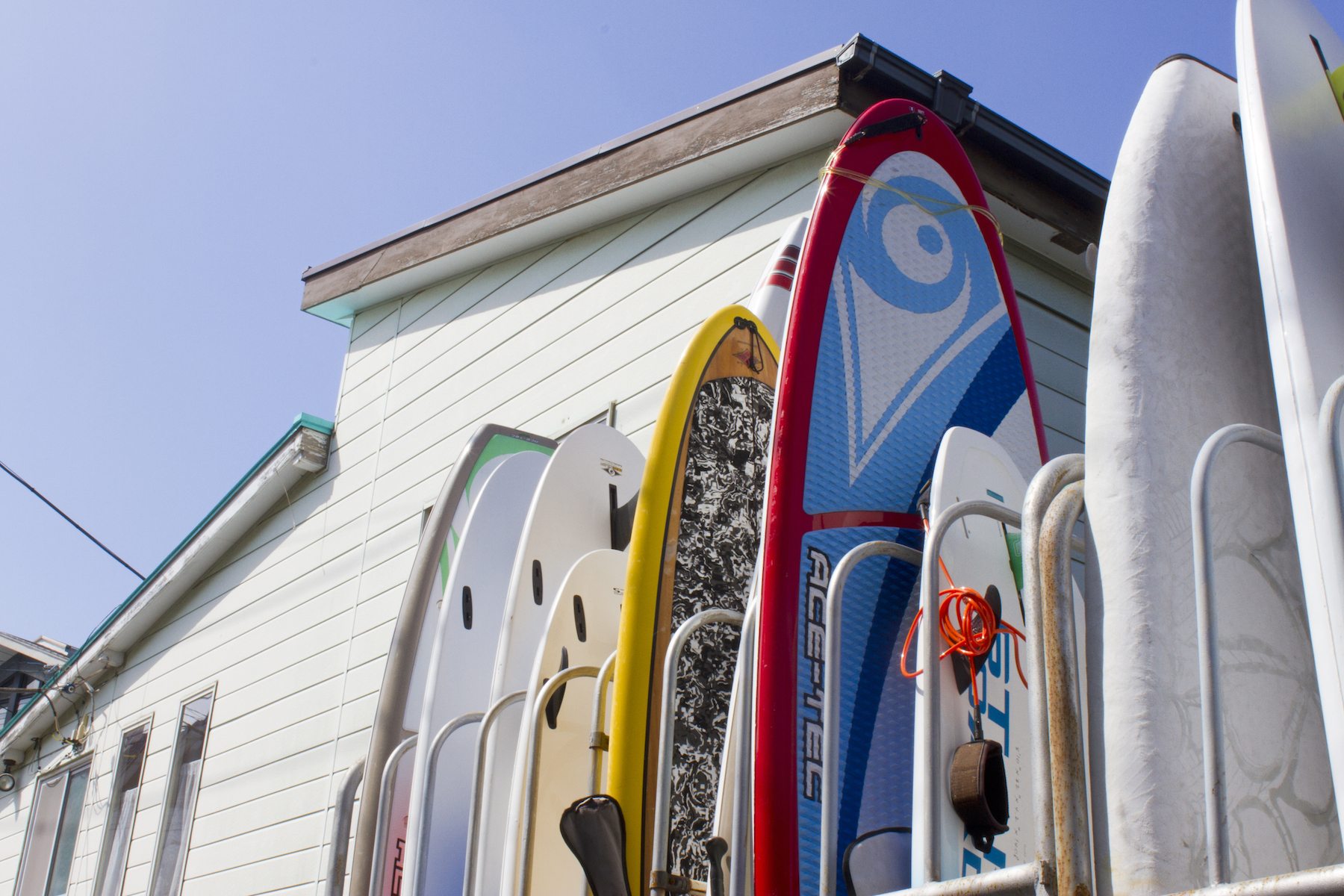
The previous day in Kamakura I had woven through moss-covered stone lanterns, looked up at the sun filtering through the bamboo overhead, and walked along labyrinthine streets with crickets chirping in the surrounding forest. While Kamakura’s greatest draws are the Great Buddha and Hachimanju Shrine, hours can be spent simply exploring these streets, where the aroma of home-cooked fare permeates the air. Seemingly everyone here has a passion for the local food. And who could blame them with such an abundance of seafood caught off the coast, and a vast array of fresh produce encompassed within artfully prepared plates.
My breakfast at Hotel Aiaoi showcases this spirit succinctly. The tea, we’re told, is a Chinese blend from a tea purveyor in Kamakura. “And this,” Go says pointing to the tender chunks of octopus, “is caught off Kamakura’s coast.” He tells us this while pointing towards a patch of rocky coastline where the fisherman keeps his boat. “He brings the octopus he’s caught that day up this road.” This isn’t the only ingredient with a story. The rice is grown organically by Yuko’s mother and father. And with this rice and octopus, comes marinated local vegetables and a whole grilled horse mackerel.
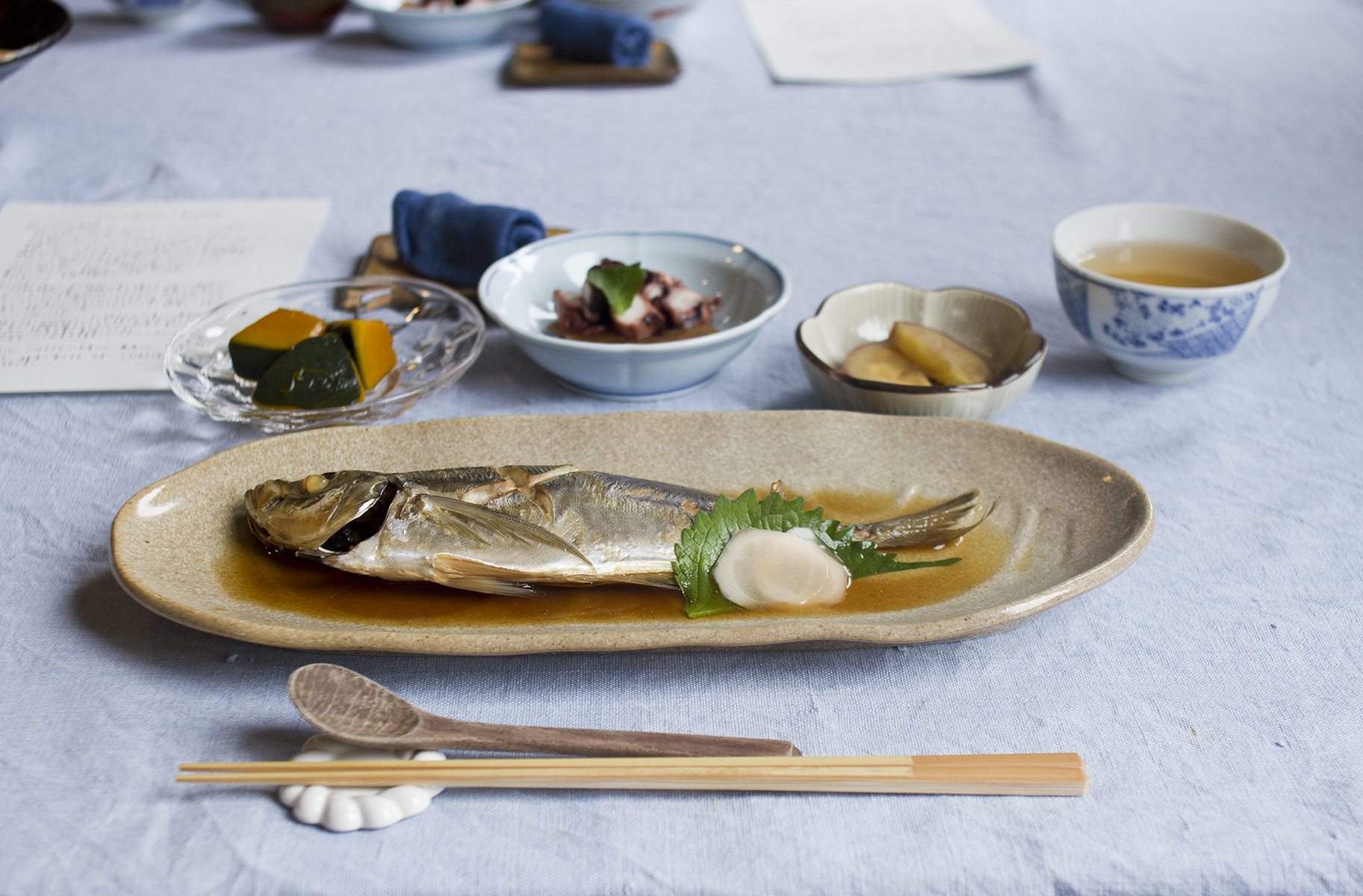
Taking its name from ai, meaning indigo, and oi, meaning blue, Hotel Aiaoi is meant to represent Kamakura’s sea and sky. Go moved to Shonan out of a love for the shrines, sea and mountains, and after renovating this space with top-spec contemporary design and ancient materials – including 300-year-old wood from a Samurai house – the objects and artworks of local artists were chosen to complement each room.
After breakfast, I set out along the coastal road by bicycle with the morning sun still glistening on the waves and the wind blowing in from the sea. From Kamakura, the coastal road cuts through the mountainside to reach Shichirigahama, a favorite coastal stretch among locals for its powdery sand, the laidback surf vibe it exudes, and the small shops and coastal eateries that line this section of the route. And Australian chef Bill Grainger must have fallen for this patch of coast, too, having set up his café Bill’s here, where the floor-to-ceiling windows afford uninterrupted sea views, and where diners tuck into ricotta hotcakes and grilled snapper.
From here, it’s then just a short ride to Enoshima, a place that’s long been celebrated for its seafood-centric cuisine – including Shirasu-don, a sumptuous bowl of sticky rice topped with tiny sweet sardines, which can be found at its best in waterside eatery Koya – and Enoshima Island, which is connected to the mainland by bridge. The island is encircled and crossed by narrow streets lined with open-fronted restaurants specialising in seafood and handing out made-to-order shrimp crackers. Owing to its view of Mount Fuji across the water, Enoshima was immortalised by eminent artist Hokusai. And this very sight can be appreciated in person, when on a clear day or at sunset, Fuji appears on the horizon, creating what has to be one of the most memorable views of the sacred mountain.
Now, as winter sets in, only the hardened surfers brave the waves and locals cozy up in coastal restaurants and bars. But this also means spring is just around the corner, giving us sakura filled days on the Shonan coast to look forward to.
Getting Around
Bicycles can be hired from Kamakura Station, but for those on foot, there’s the Enoden train line, which runs from Kamakura to Fujisawa, passing through each small neighbourhood. The train track winds through leafy suburbs, before rolling out towards the sea and following the coastal road.
For another view of Japan, don’t miss “Loud Japan, Quiet Japan” by Kathryna Hancock on page 156 of our current issue Darling Issue No. 17!
Images via Lauren Jade Hill

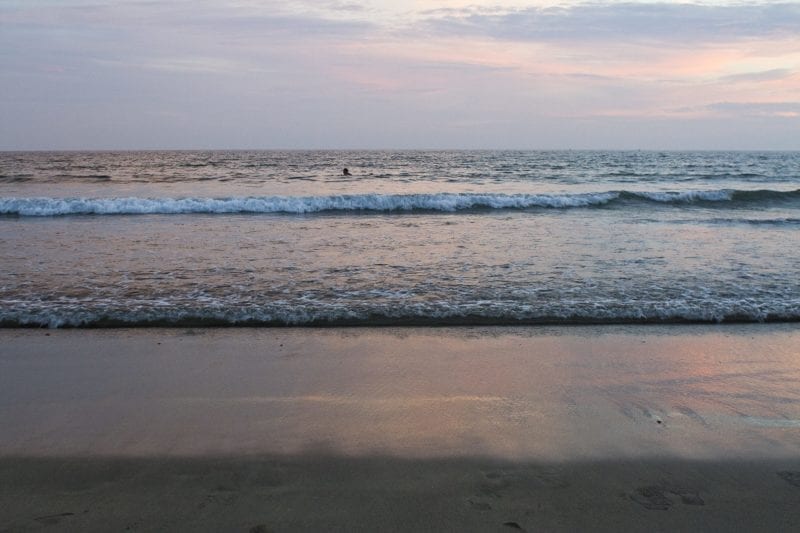
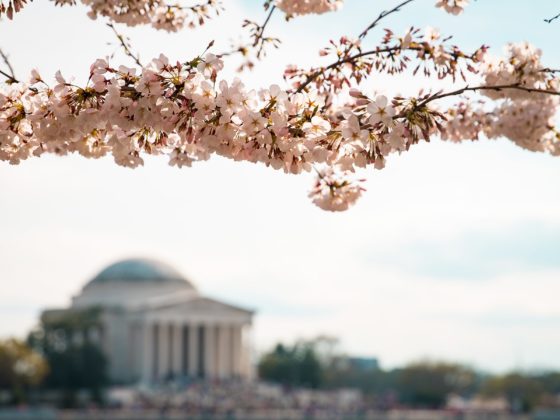
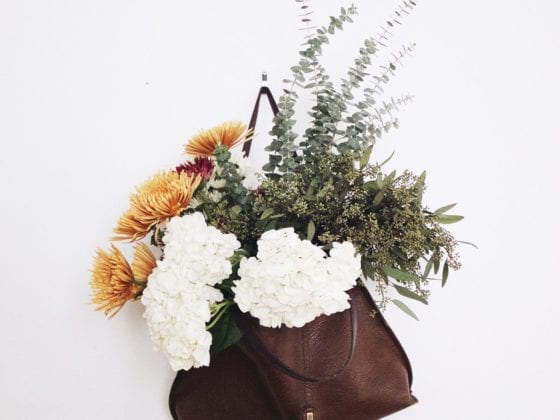
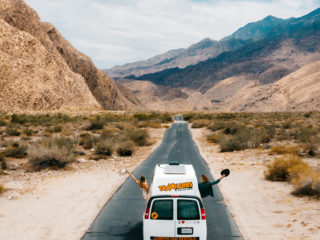
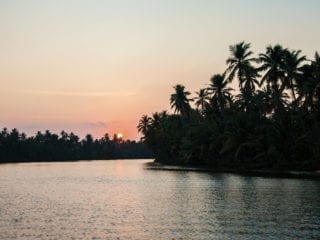
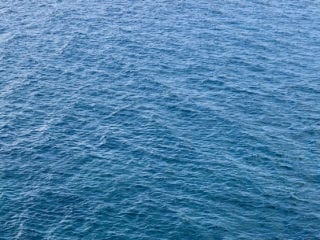
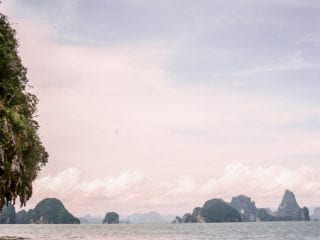
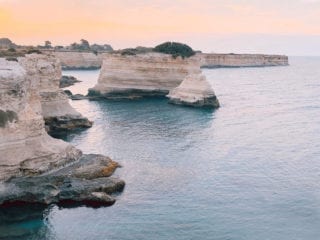
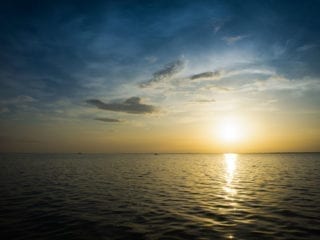
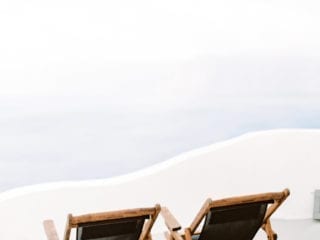
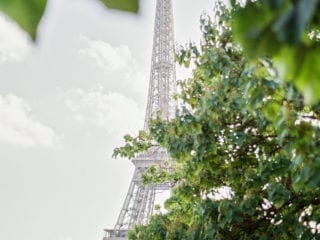
2 comments
Looks like such a rad place! Any good/boutique accommodation like this is Seoul, South Korea?
Oh my, the photos are gorgeous and I’d love to go!
https://charmainenyw.com